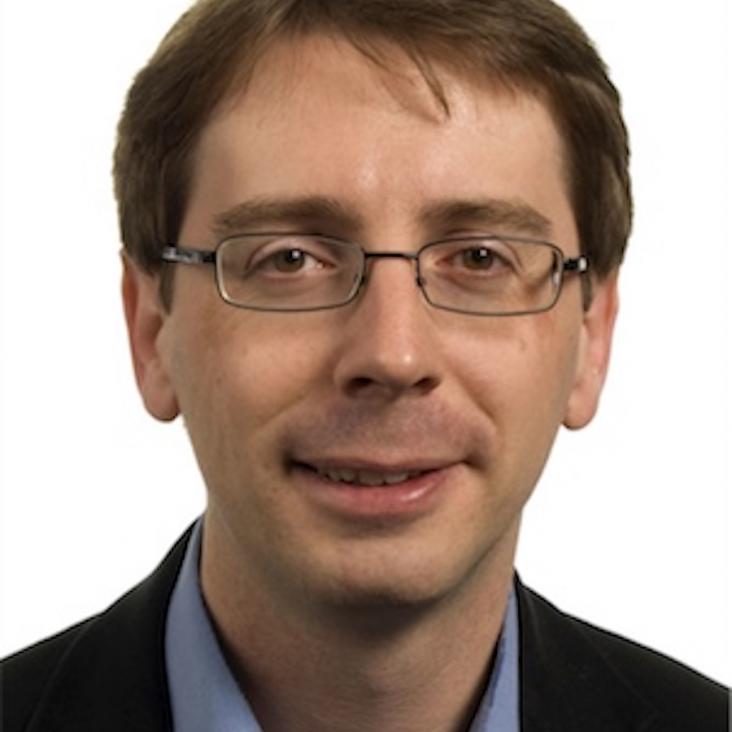Dust beyond the torus: Revealing the mid-infrared heart of local Seyfert ESO 428-G14 with JWST/MIRI
(2024)
Growing a nuclear star cluster from star formation and cluster mergers: The JWST NIRSpec view of NGC 4654
(2024)
Emission-line galaxies at $z\sim1$ from near-IR HST Slitless Spectroscopy: metallicities, star formation rates and redshift confirmations from VLT/FORS2 spectroscopy
(2024)
JADES: Primaeval Lyman-$\mathrm{\alpha}$ emitting galaxies reveal early sites of reionisation out to redshift $z \sim 9$
(2024)
WFC3 Infrared Spectroscopic Parallel (WISP) Survey: Photometric and Emission Line Data Release
(2024)


